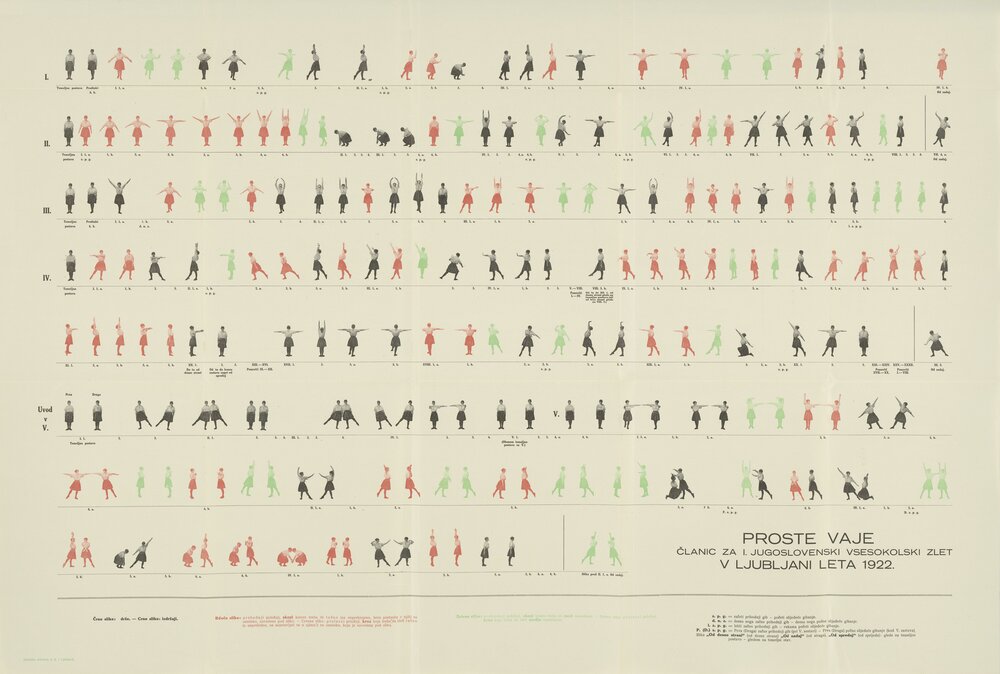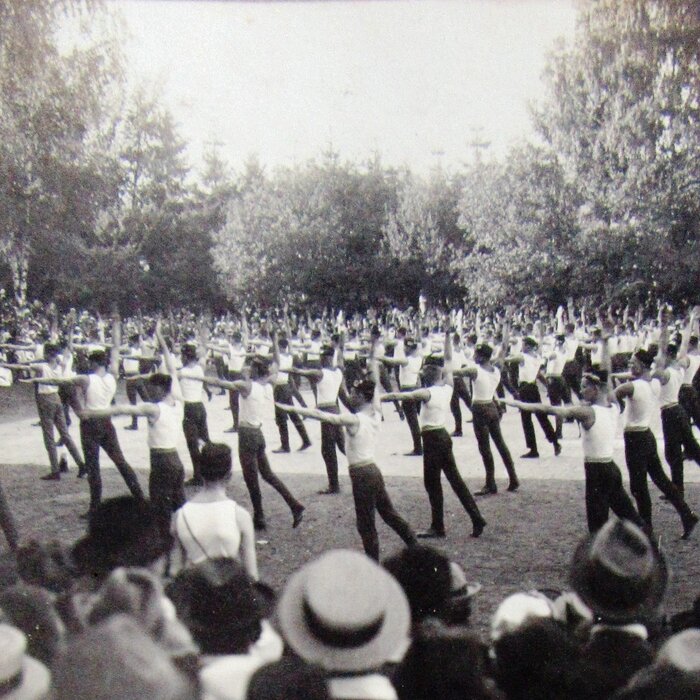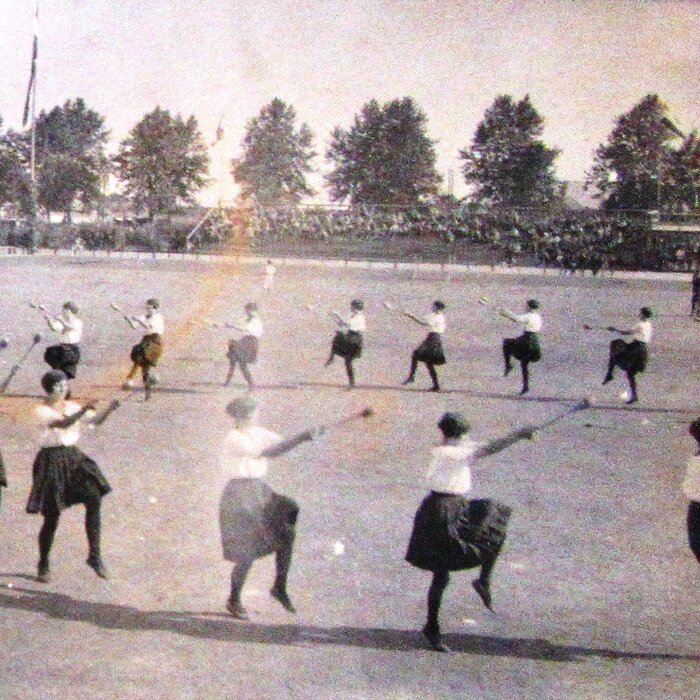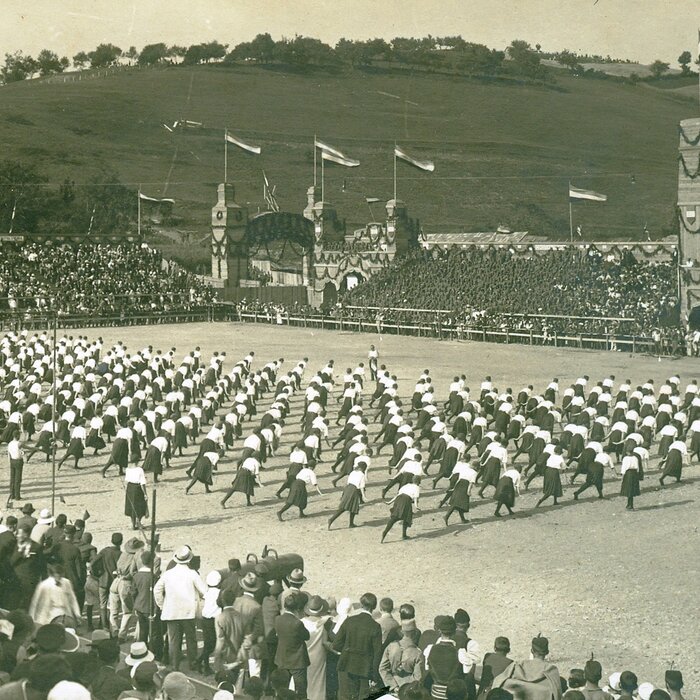The first South-slavic gathering of the Sokol organizations in 1922.
»Sokols and Orels (Slovenia). Before the modernization and commercialization of sports throughout the 20th century, physical culture movements were an important part of social life in the second half of the 19th century and the first decades of the 20th century. The Sokols (Sokoli) were part of an international Pan-Slavic movement, and its orientation was a liberal one, while the Orels (Orli) were connected to the Slovene catholic circles, a progressive aspect of Catholicism on the Slovene ethnic territory (mostly on the Austro-Hungarian part of the Slovene land). They were suspicious of each other and there was no collaboration between them. Sokolism, which became the biggest mass movement in Slovenia at the turn of the 20th century, accompanied the struggle for national emancipation and, above all, the Slovenian national idea, making it also a strong agitation against the German position. In the first decades of the 20th century, the division between sports and dance was not very clear, so modern dance elements would enter or would be practiced in both movements. Many documents show how sports and dance were intertwined in those movements, how physicality became part of the modern project, and how practices that would later separate sports and dance were developed from a common ground. One term used for dance in those movements was rhythmic gymnastics which would become an Olympic discipline in the 1950s. Both movements had their own massive manifestations. In 1922 the South-Slavic Sokol societies gathered in Ljubljana. The poster preserved from this manifestation is a very interesting document of movement notation. The dancer, choreographer, and artistic director of the Slovenian National Ballet Pino Mlakar and his school colleague, poet and writer Edvard Kocbek, would be active in the Orels. Their writings are interesting documents of the beliefs and ideas about the body, modern dance, and the new catholic movements.«
From Nika Arhar, Jasmina Založnik (ed.), Bodies ofm Dance, Aspects of Dance as Cultural, Political, and Art Work in Yugoslavia and After (Belgrade, 2024)






